Study Reveals These Major Earth Systems Are Likely on Track to Collapse
A team of European scientists has discovered new information that was recently published in a study in the journal Nature Communications, warning the scientific community of a near-catastrophic collapse of Earth’s major systems.
Imagine a scenario where the oceans currently bring warm water to Europe, making large swatches of the continent as cold as the Arctic Circle. Then, picture the Amazon rainforest ceasing all oxygen production at the same time. These are just some of the issues that the scientists predict in their newfound research.
What Are Earth's Major Systems?
Eath’s major systems can be separated into five categories: geosphere, biosphere, cryosphere, hydrosphere, and atmosphere. They interact with each other to produce the environments that we are familiar with today.
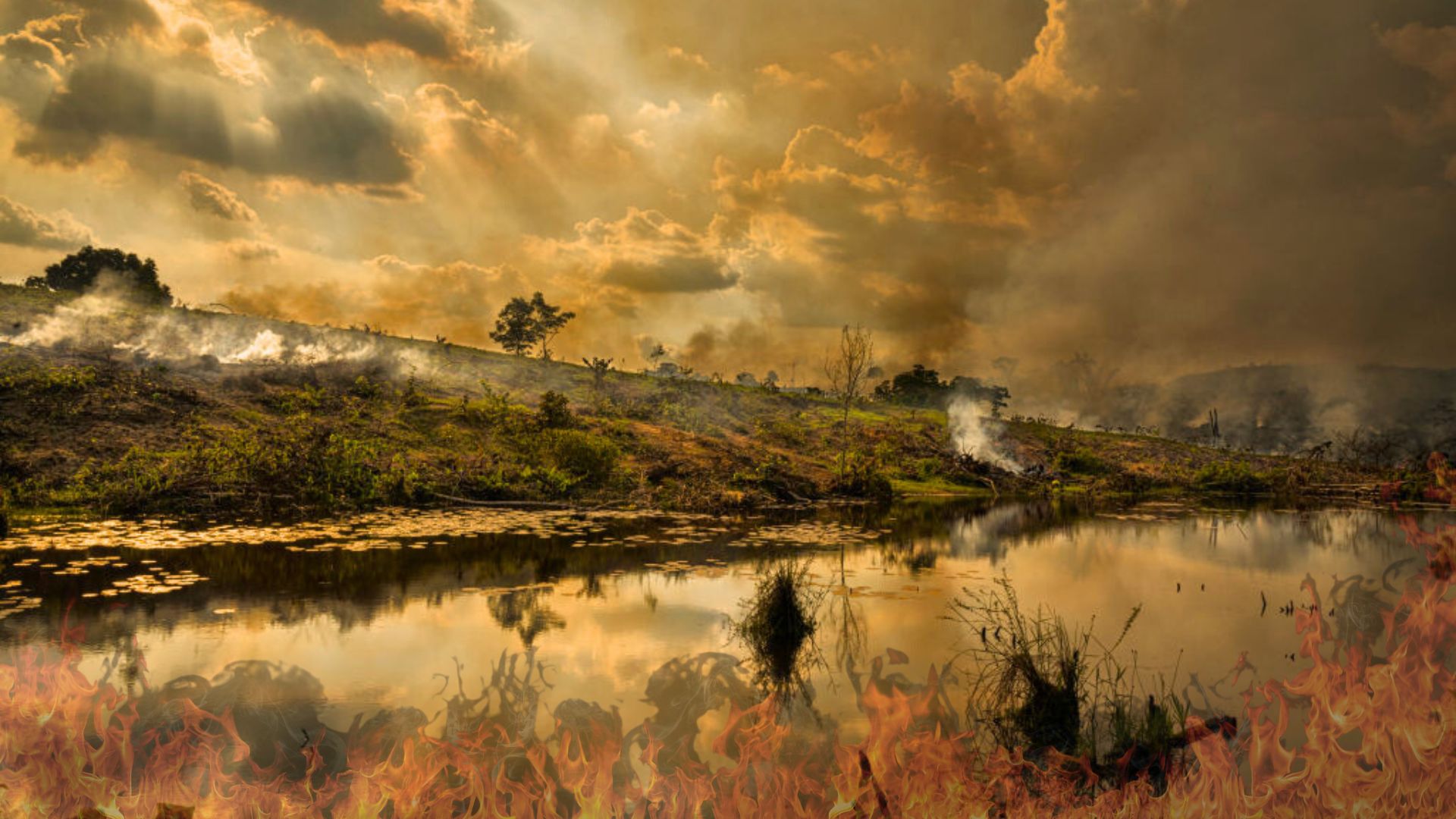
Source: Linsey Addario/Getty Images
The ability of Earth to shelter life is nothing short of a miracle. Without all the major components working together, wind, sun, ground, water, and vegetation, life on the planet could collapse.
Global Warming May Be To Blame
The team’s researchers say that the Earth’s major systems are incredibly important for keeping the climate stable enough for human civilization. If it moves by just a few degrees in either direction, we won’t be able to survive the temperature change.
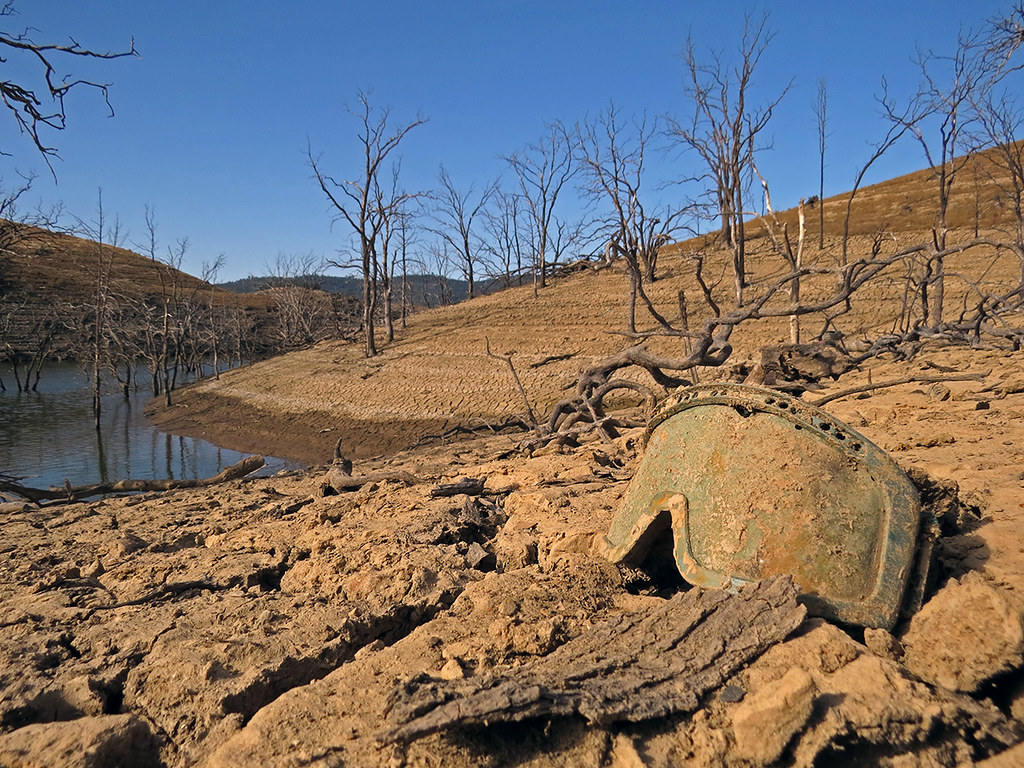
Source: Ben Amstutz/Flickr
There has been a notable increase in global temperatures lately, creating a 45 percent or greater change of total system collapse in the next 300 years.
What Can Be Done?
Scientists note that the way that the Earth’s temperature is rising now, almost nothing can be done to prevent this major disaster.
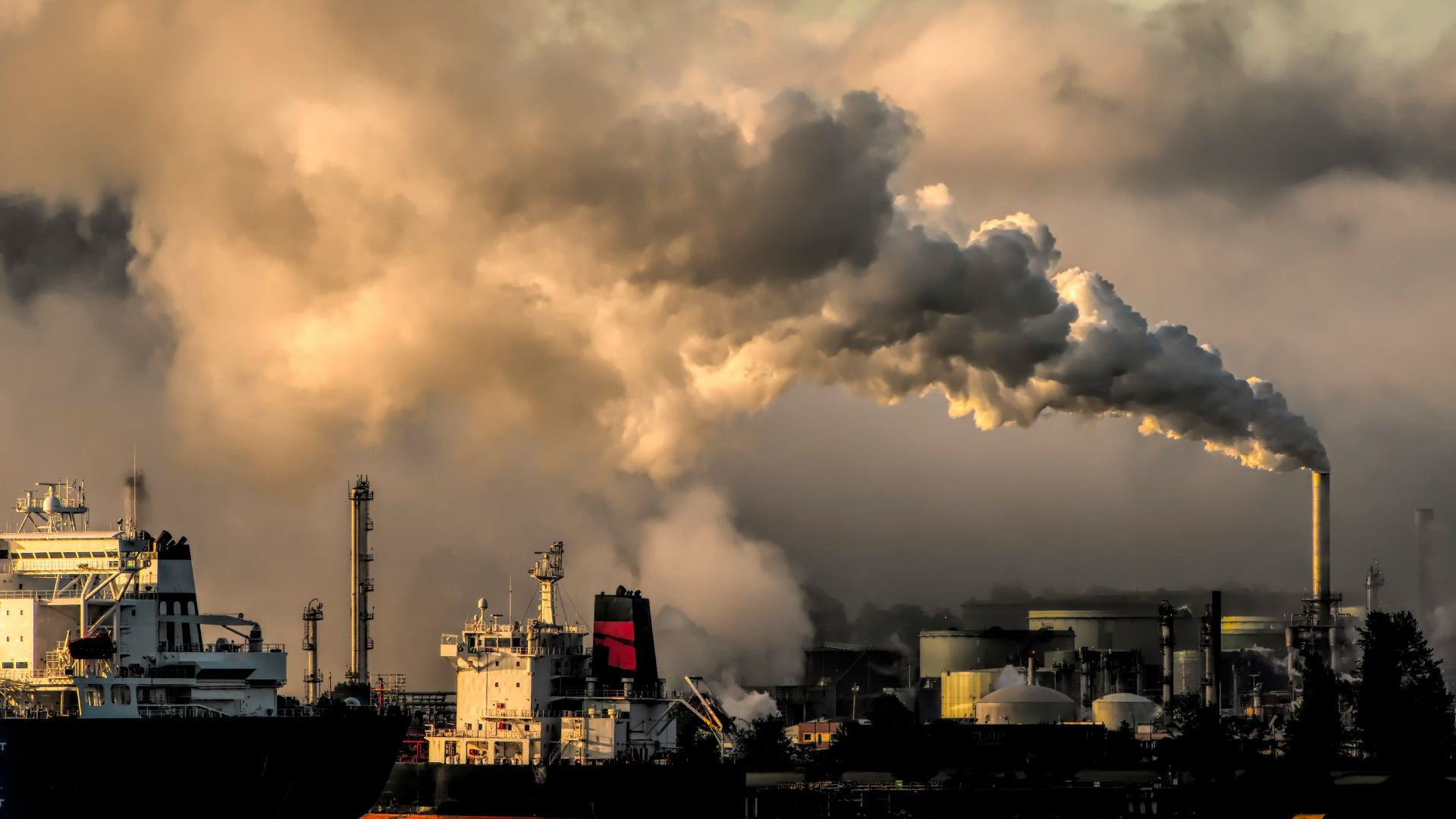
Source: Chris Leboutillier/Unsplash
Even if the global temperature were temporarily lowered by 1.5 degrees Celsius, the worst-case scenario would still be inevitable. In recent years, scientists and climate change experts have floated the idea of creating a massive “pause” in global warming, but it may be too late for that.
The Research
The scientists involved in the new study used a range of models to examine climate policies and carbon emission rates while inputting data on the Amazon rainforest, polar ice in Greenland and West Antarctica, and the Atlantic Meridional Overturning Circulation.
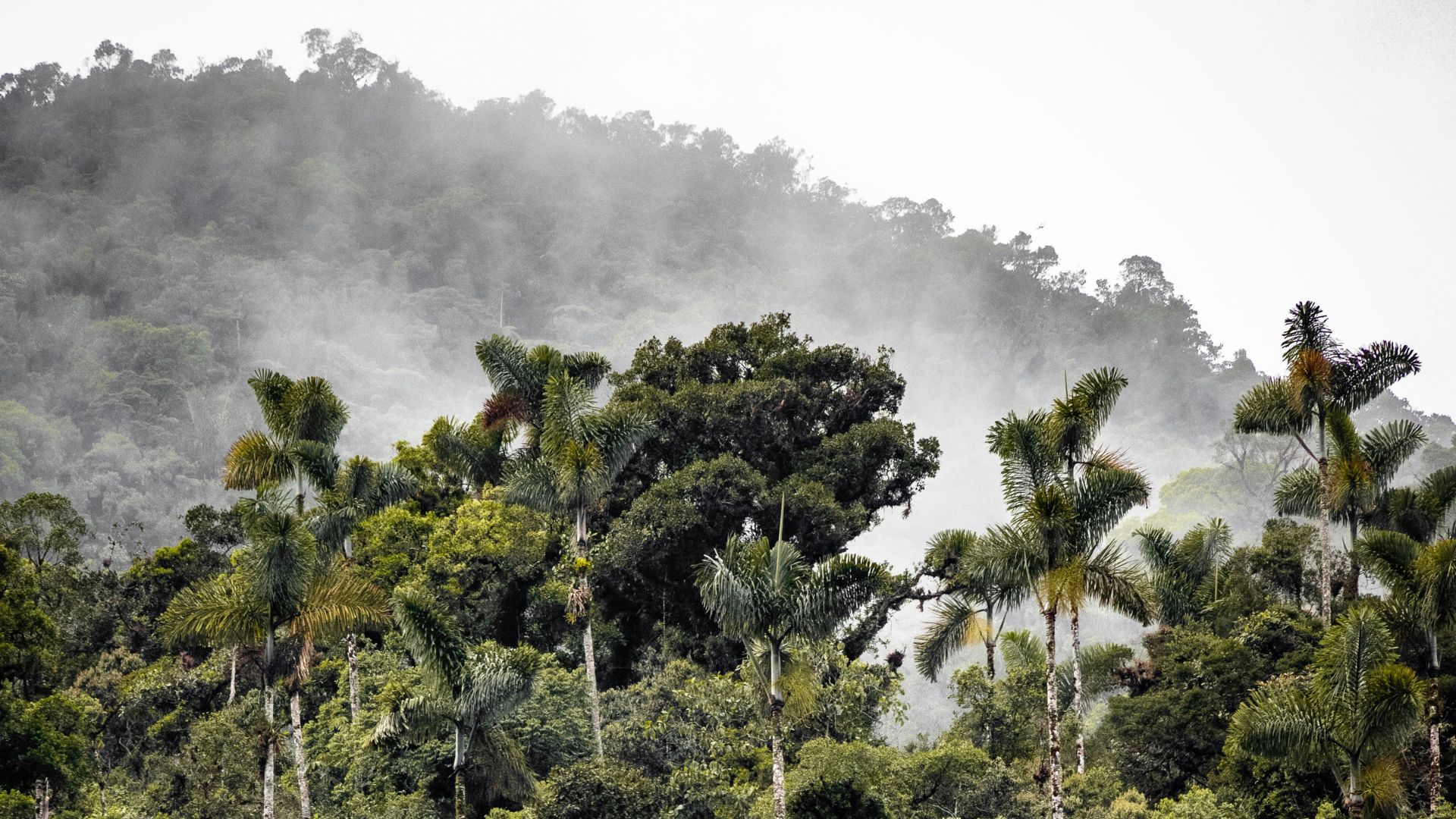
Source: Renting C/Unsplash
These systems create oxygen or regulate the global temperature in some way. The Atlantic Meridional Overturning Circulation specifically regulates the flow of warm water from the tropics to Europe, creating the quintessential Mediterranean climate.
New Policies Are Needed
To effect meaningful change, scientists say, “Domestic policies to reduce emissions need to be adopted and implemented, not only pledged, and a more significant and urgent effort is needed to mitigate the risks associated with tipping elements.”

Source: Tobias Tullius/Unsplash
The current policies being implemented and actually followed simply aren’t enough to lower the temperature to manageable levels.
Total Collapse
The eventual collapse of the Atlantic currents would mean the total destruction of the agriculture industry in Europe.
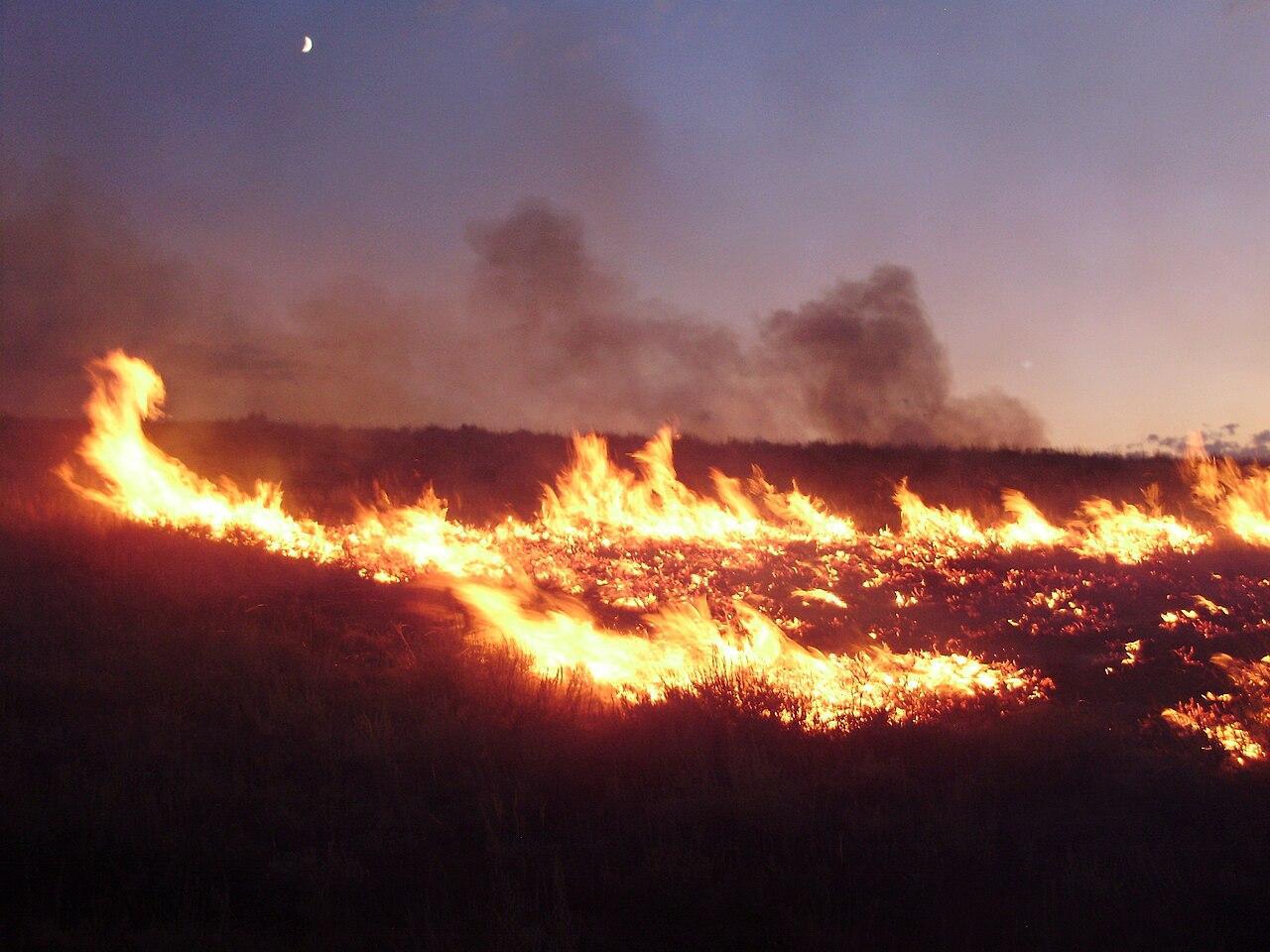
Source: Wikimedia
It would soon become nearly impossible to grow anything new. A drastic change in ocean temperatures also means that all marine life would immediately die. There would be no way to get food from the ocean or from crops in this scenario.
The Butterfly Effect of Melting Polar Caps
If the polar ice caps melt any more than they already are, the Earth will be destroyed more than just polar bears without adequate environments or food.

Source: Wikimedia
Every inch of increased ocean water causes minute changes in the world. Rising tides mean more of the world’s shorelines will be swallowed whole, creating hurricanes and flooding in heavily populated areas. If the oceans rise by just a few inches, global warming could displace millions of people.
The Ice Caps Effect the Amazon Rainforest
In addition to massive destruction to coast lines, when the polar ice caps begin to melt into the oceans, the cold water can quickly transform the Amazon rainforest into a dry savanna.
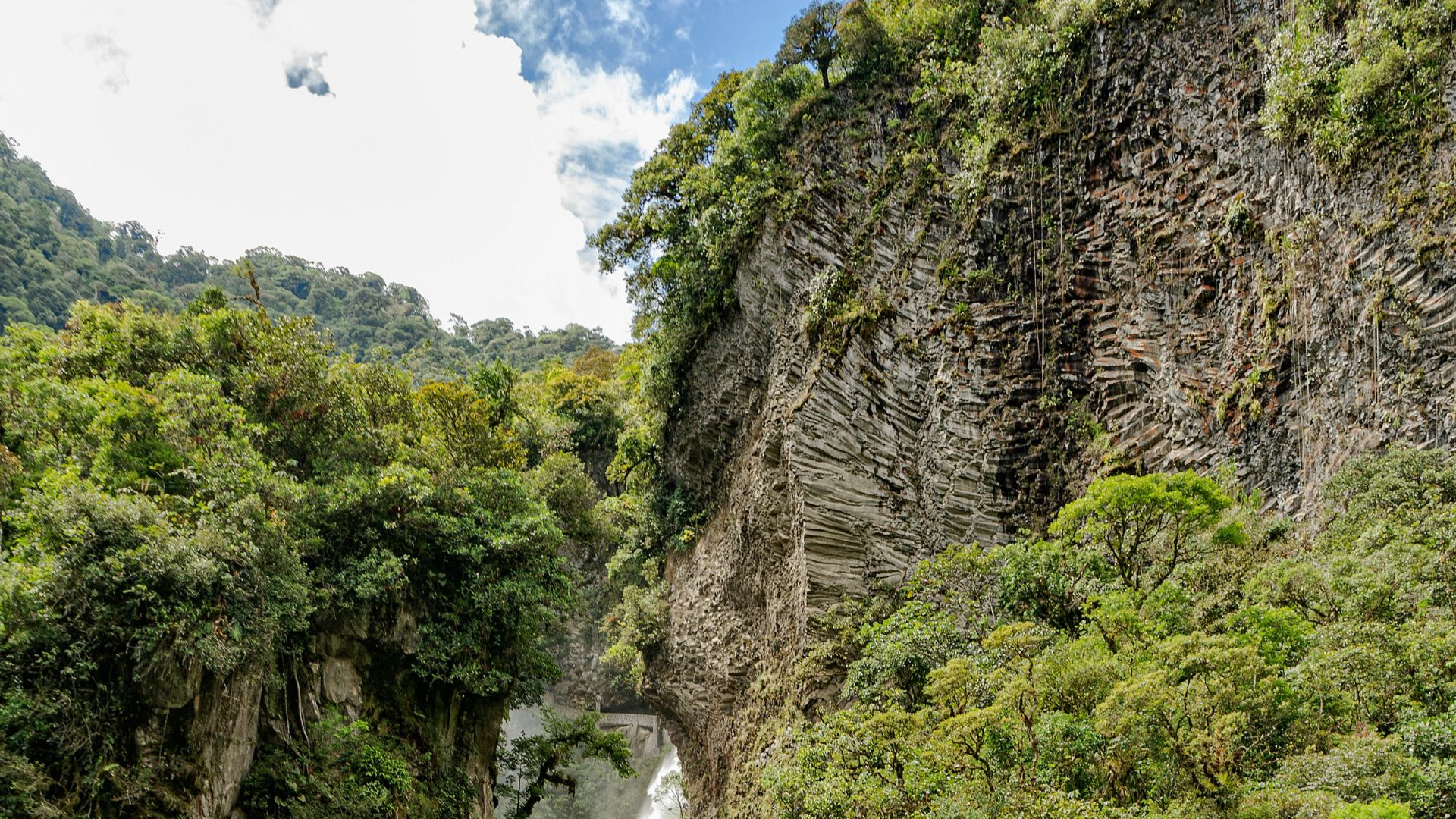
Source: Kiyoshi/Unsplash
Currently, the Amazon is responsible for creating a large portion of the world’s oxygen and providing a needed habitat for millions of species and people.
A Call To End Carbon Emissions
In the study, the scientists outlined a specific plan to mitigate the total collapse in the future. They suggested reducing carbon emissions to zero immediately.
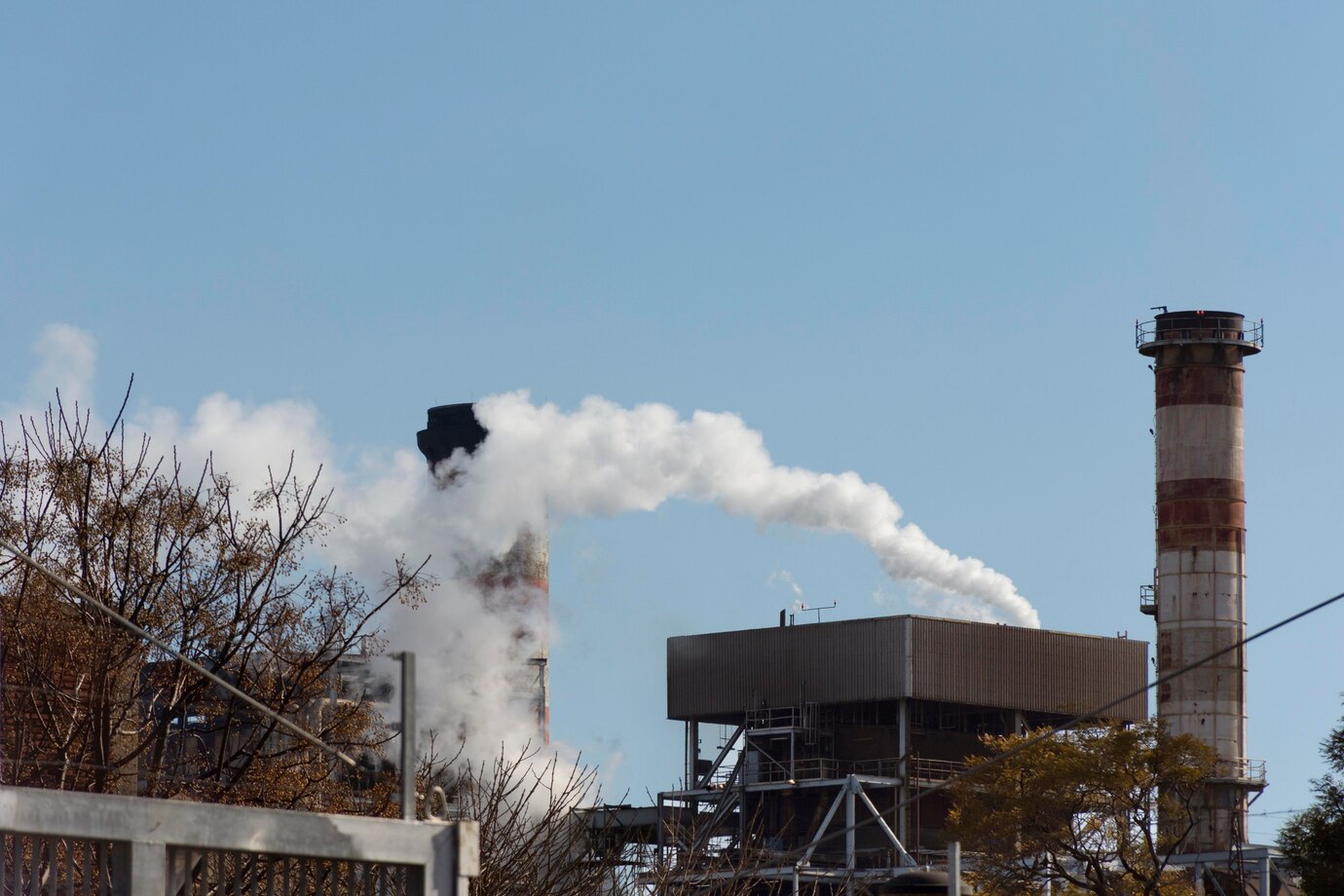
Source: Freepik
By doing this, it could stop most of the worst effects of climate change.
Energy Consumption Is Ever Increasing
One of the biggest issues with stopping carbon emissions is that as technology advances around the world, energy demands continue to increase at dramatic rates.
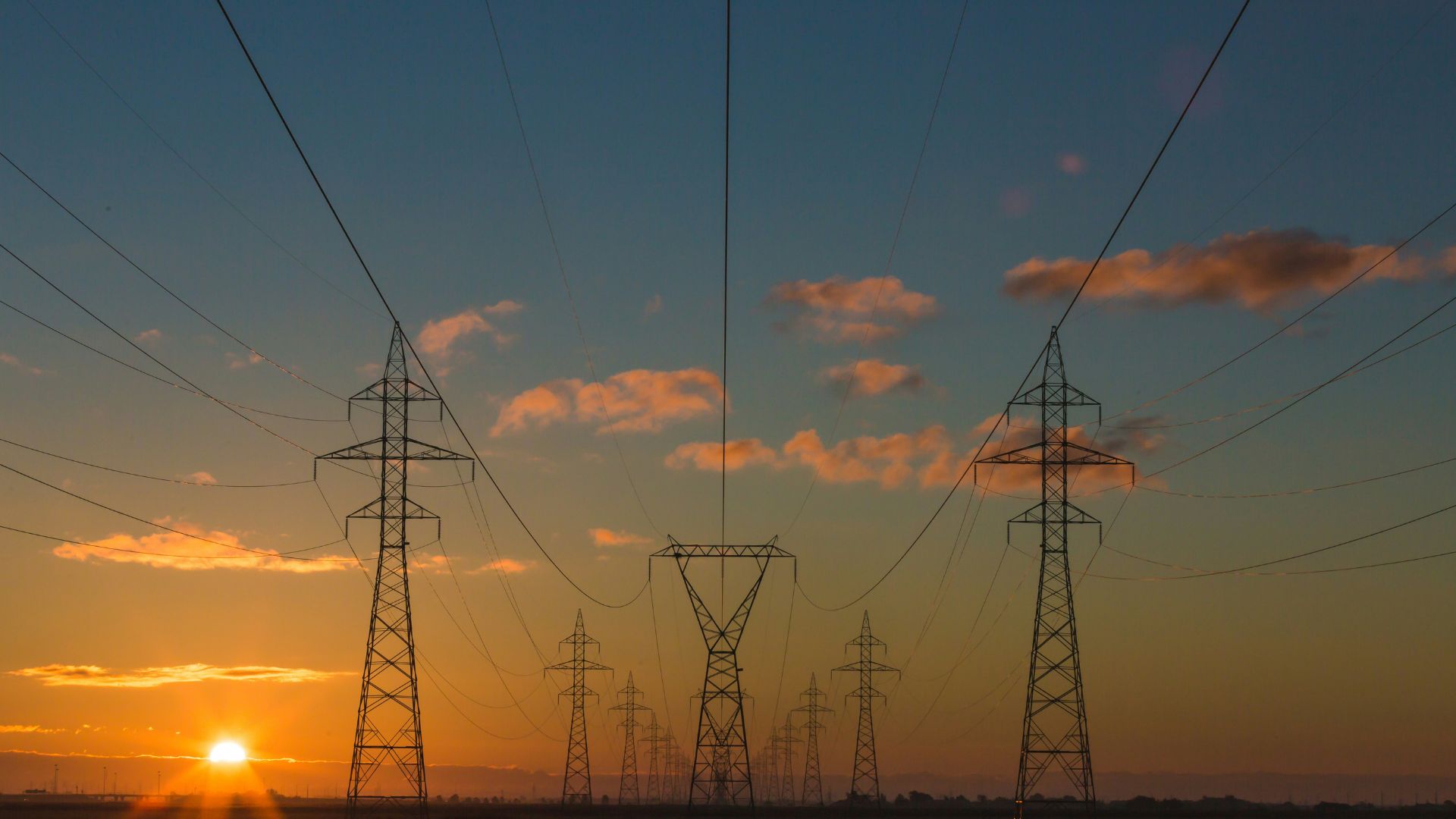
Source: Matthew Henry
Even today, with every new AI tool created, millions more fossil fuels are being burned, and billions of gallons of water are needed to cool off expensive computer servers.
What Can Be Done?
The best right now is to experiment with geoengineering. Some scientists think that they can inject particles into the atmosphere to dramatically cool global temperatures and stop the sun from shining so brightly.
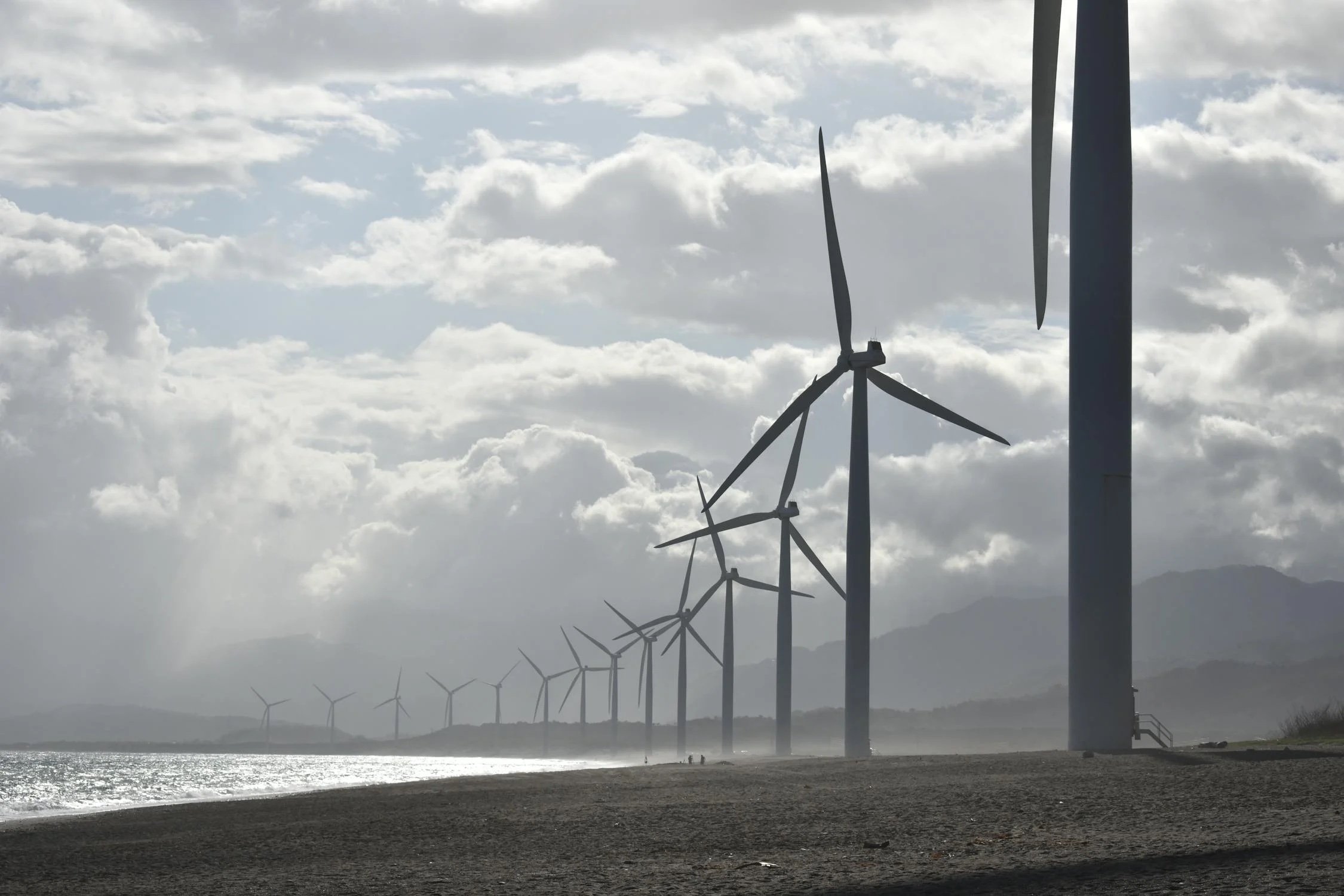
Source: Jem Sanchez/Pexels
Until then, policies surrounding carbon emissions need to change drastically. Green technologies and carbon offsets can also be used instead of traditional energy sources.
